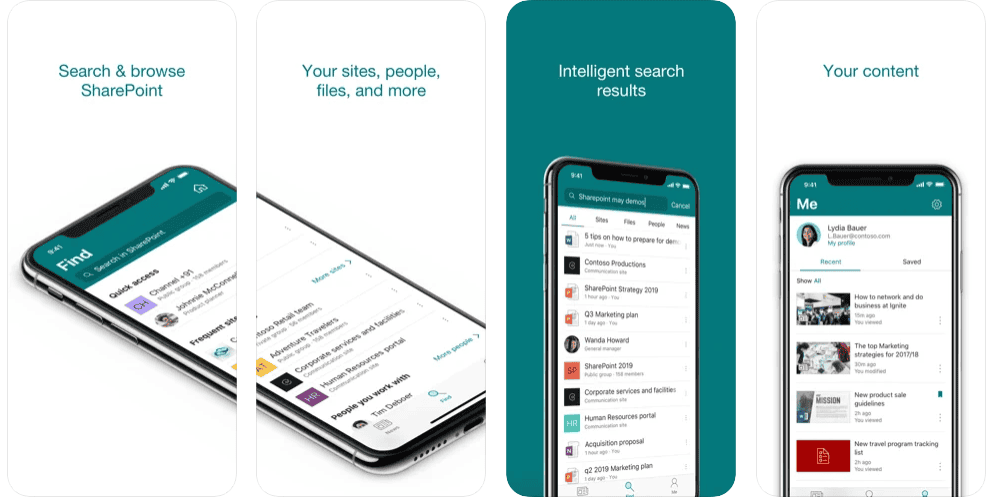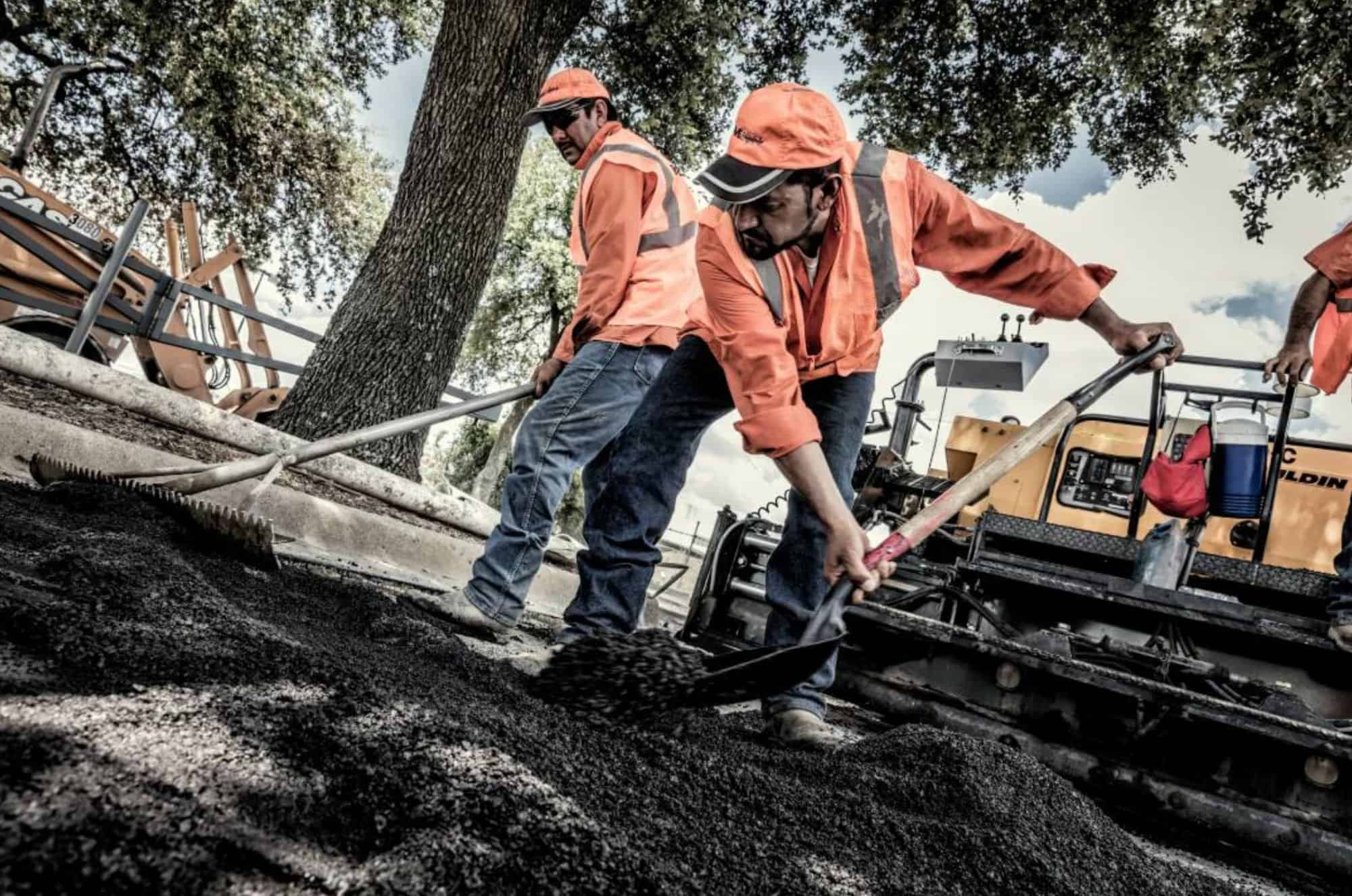Leveraging Robotic Process Automation (RPA) to Help an Insurance Client Digitally Transform Claims Processing Procedures
Sparkhound
December 19, 2022
3 minute read

Background
Our Customer is a large third-party Healthcare benefits administrator that serves over 250+ payors across the nation. They had allocated a large part of their workforce to adjudicate claims on their legacy mainframe systems by following plan details that are custom to specific payors. This resulted in not only higher costs to process (and re-process defective) claims, and higher exposure to Interest and performance guarantee penalties, but also impacted the claim’s turnaround time and end customer experience. While the customer was bought in on the application of RPA to solve the challenge, they wanted to take an iterative approach to demonstrate value in increments, before jumping onto wider adoption or Intelligent Automation.
We were brought on by the customer based on our accomplishment in delivering value using Robotic Process Automation, advanced proficiency in Content AI as well as our experience in Healthcare operations. We proposed a plan that included opportunity identification, qualification, Prioritization, setting up infrastructure and governance, and executing sustainable intelligent process automation to help our clients achieve their claims automation goals.
Objectives:
- Identify and quantify automation opportunities with a demonstrated ROI
- Create a comprehensive automation roadmap
- Phase 1:
- Automation of at least 35% of the Edits and Warnings ~ 20,000 Claims/Month
- Automating document creation (EOB) and other correspondence
- Attaching EOB/COB documents to each claim
-
Phase 2:
- Automation of 50% of Edits and Warnings, Complex Combinatory Pends/Edits translating to ~33,000 Claims/Month
- Handling payments and processing recoveries
- Transition into unattended bots
- Phase 1:
- Develop a Center of Excellence to Orchestrate and Manage the attended bots and transition to unattended bots
- Increase speed, scale, and security, and Augment the workforce with Bots
- Leverage employees to focus only on the fallouts from automation.
- Document the process flows, and controls to create an audit trail and report on daily bot performance.
- Build better analytics capabilities to identify Fraud, Waste, Abuse, and Error
Approach and Solutions:
- The bots were built with reusability, integration with other related bots, and with an objective to transitioning them into Unattended bots and Intelligent Automation as the RPA practice matures.
- Helped team understand change management considerations, detailed communication plans, and other related activities.
- Iteratively built attended bots, to prove the efficiency and effectiveness of the bot performance including a champion challenger.
- Created the buy-in amongst all stakeholders, with a demonstrated value proposition.
- Implemented bot governance practices and production support structure.
Results
- Phase 1:
- SG&A Cost Out – $1.26M
- Turn Around Time significantly reduced and aligned to the Payor requirements.
- Zero Defect Operations
- Zero Exposure to Interests and Performance Guaranty Penalty (claims in scope)
- Fully Automated ~ 35,000 Claims/Month.
- Complexity included solving for
- 100+ different payors
- 20+ Edits/Pend Codes
- Varying regions and distinctly different benefit coverages
- Phase 2:
- SG&A Cost Out – $2.37M
- Fully Automated ~66,000 Claims/Month
-
Complexity included solving for:
- 30+ Edits/Pend Codes






